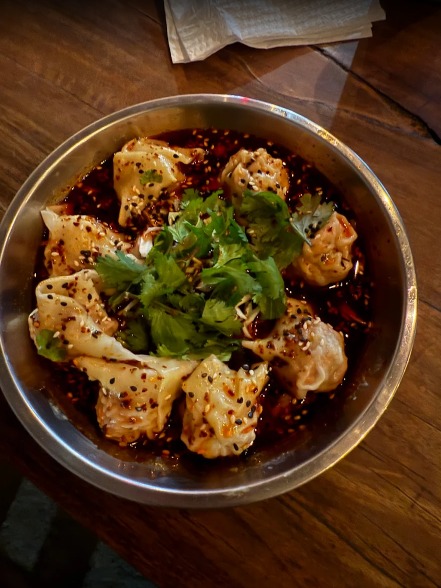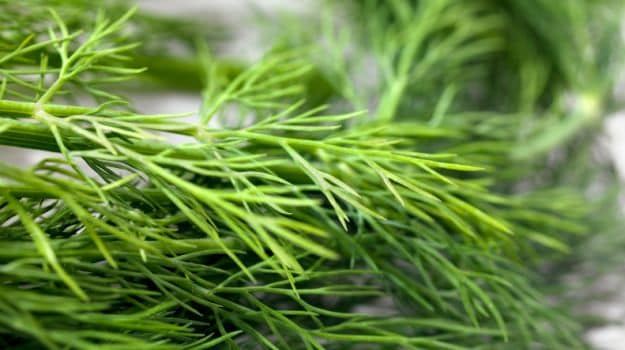Largely cultivated as a vegetable and micro herb, parsley has three basic varieties - Flat Leaf (Italian), Curly Leaf and Parsnip Rooted (used in Hamburgers). When chopped and added as a garnish it gives the dish a flavourful crunch. It perks up and brings to life sauces and dips. It has been cultivated for over so many centuries that it is difficult to pin point where exactly this herb originated. However, it finds its roots in the name, which is Greek, given to it as it was found growing on the rocky hillside of Greece. The Romans used this herb as a breath freshener to hide the smell of alcohol. They believed that Parsley aided better digestion as well. Another common herb, Dill is mostly associated with the Scandinavian and German cuisine. It has a fern like appearance with a sweet taste. Its unique quality is that both its leaves and seeds can be used as seasoning. Traditionally, dill was used as a stomach reliever and as a cure for insomnia.Beside being used in home remedies, a group of scientists from the Moscow Institute of Physics and Technology (MIPT), the N. D. Zelinsky Institute of Organic Chemistry (RAS), the Institute of Developmental Biology (RAS) and the Institute of Cell Biophysics (RAS) have now found that these two herbs may have anti-cancer properties.
Researcher Alexander Kiselev explained that they developed a simple method of producing glaziovianin A and its structural analogs with the help of compounds extracted from Parsley and Dill seeds which inhibit the growth of human tumor cells. These novel agents were tested in vivo using validated sea urchin embryo assays which yielded several promising candidates selectively affecting tubulin dynamics. The new method is less costly than the already existing ones as it requires cheap widespread materials and lessens the number of stages in its fusion as well.
Researcher Alexander Kiselev explained that they developed a simple method of producing glaziovianin A and its structural analogs with the help of compounds extracted from Parsley and Dill seeds which inhibit the growth of human tumor cells. These novel agents were tested in vivo using validated sea urchin embryo assays which yielded several promising candidates selectively affecting tubulin dynamics. The new method is less costly than the already existing ones as it requires cheap widespread materials and lessens the number of stages in its fusion as well.
Advertisement








